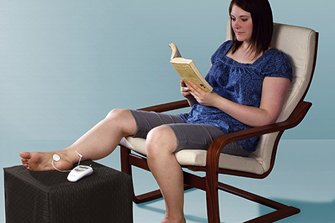How does urinary incontinence treatment work?
Bladder problems can cause a lot of personal distress and affect your quality of life. Sufferers of bladder conditions like urinary incontinence—which can be described as the accidental and uncontrollable release of urine—all too often put off treatment either because of ignorance or embarrassment. Physiotherapy is a highly effective and low-risk urinary incontinence treatment option that allows you to retrain your bladder to restore its normal function as well as strengthen the muscles in your pelvic floor to help alleviate the problem.
Depending on the type of urinary incontinence you may be experiencing, there are also different kinds of urinary incontinence treatment therapies and exercises that can be beneficial to your condition. A weak pelvic floor is hardly the only reason for incontinence. Leaking may also be a sign of endometriosis, tight muscles, or in other cases, constipation. This is exactly why an overall assessment of your condition is critical to help pinpoint what part of the urinary system the treatment should target.
Stress incontinence or involuntary urination induced by increased intra-abdominal pressure like jumping, running, or coughing is often caused by the failure of the pelvic floor muscles to keep the bladder closed. This type of incontinence can be remedied with the help of Kegel or pelvic floor exercises that help tighten and strengthen the muscles around the vagina, front passage and anus.
Urinary incontinence treatment for urge incontinence or overactive bladder may also involve pelvic floor exercises combined with behavioural or cognitive training in the form of bladder ‘retraining’, which may involve pelvic floor contraction exercises to combat atypical urges to urinate. This mode of treatment also involves learning proper hydration and avoiding the “pee just in case” habit to re-stretch the bladder and effectively train it to hold larger volumes.

